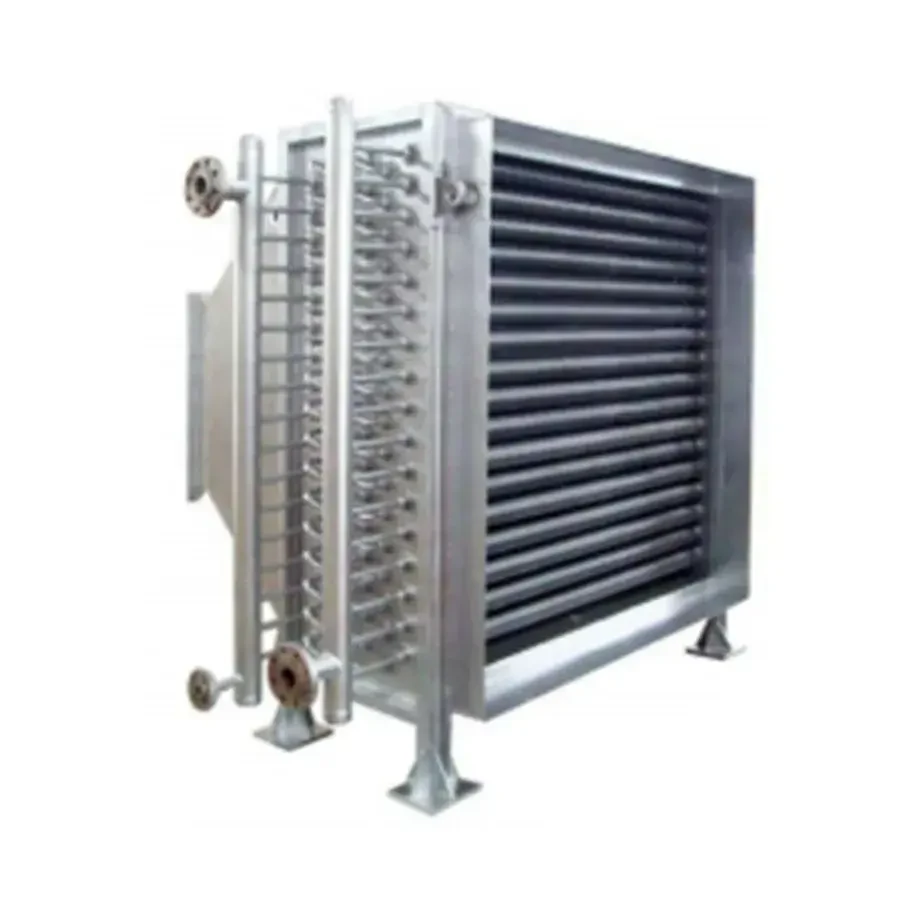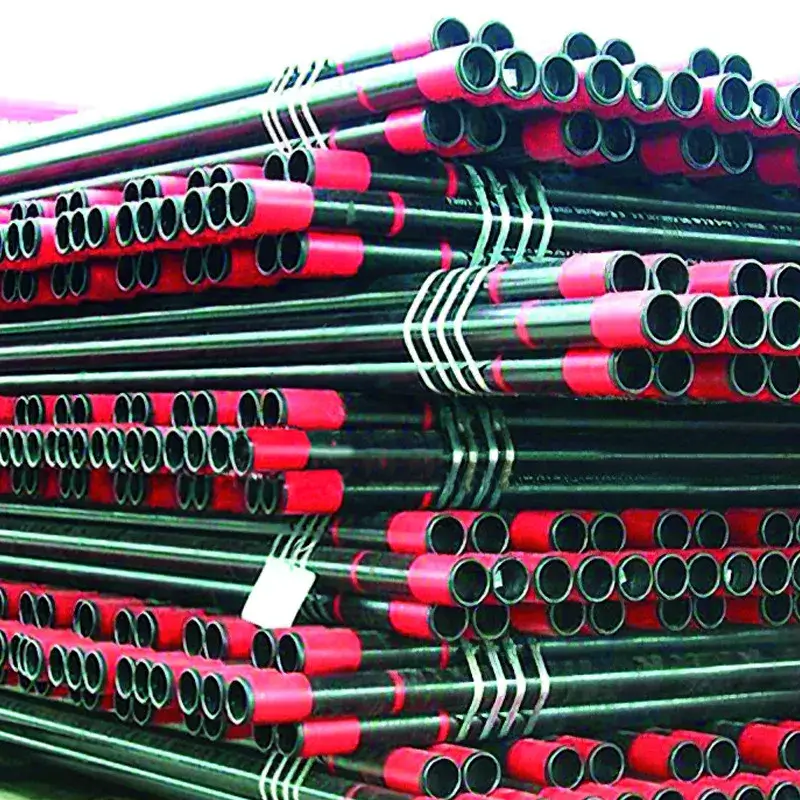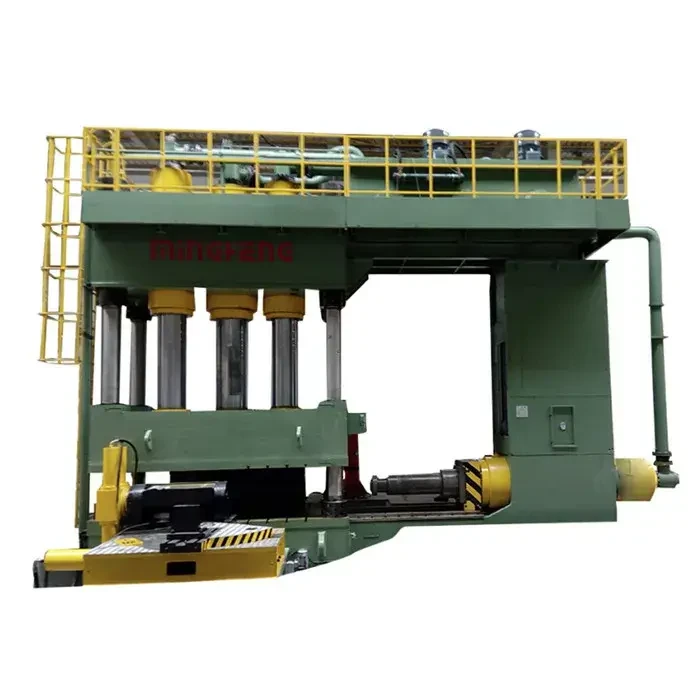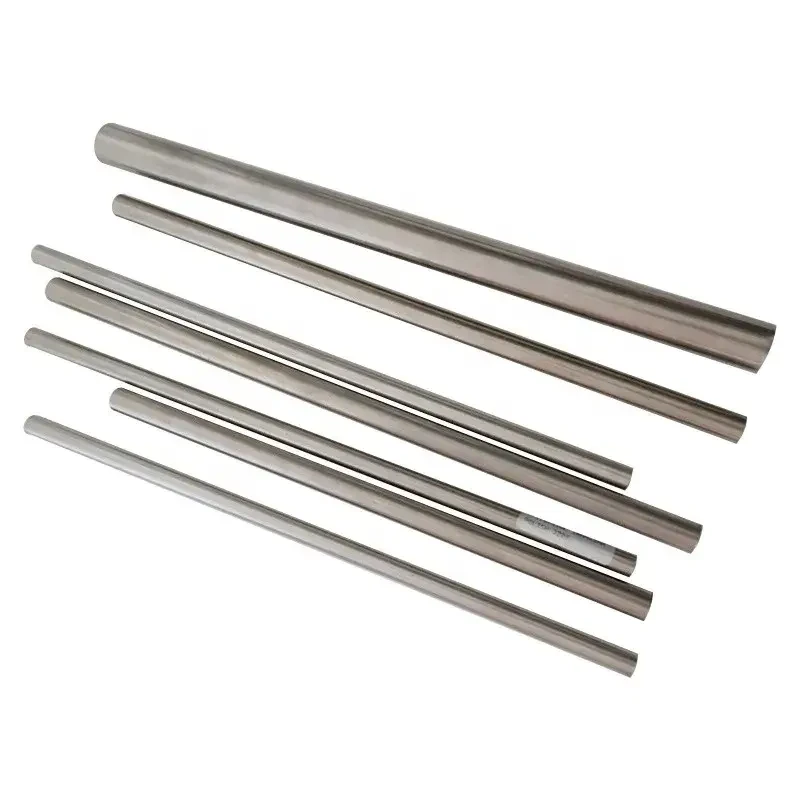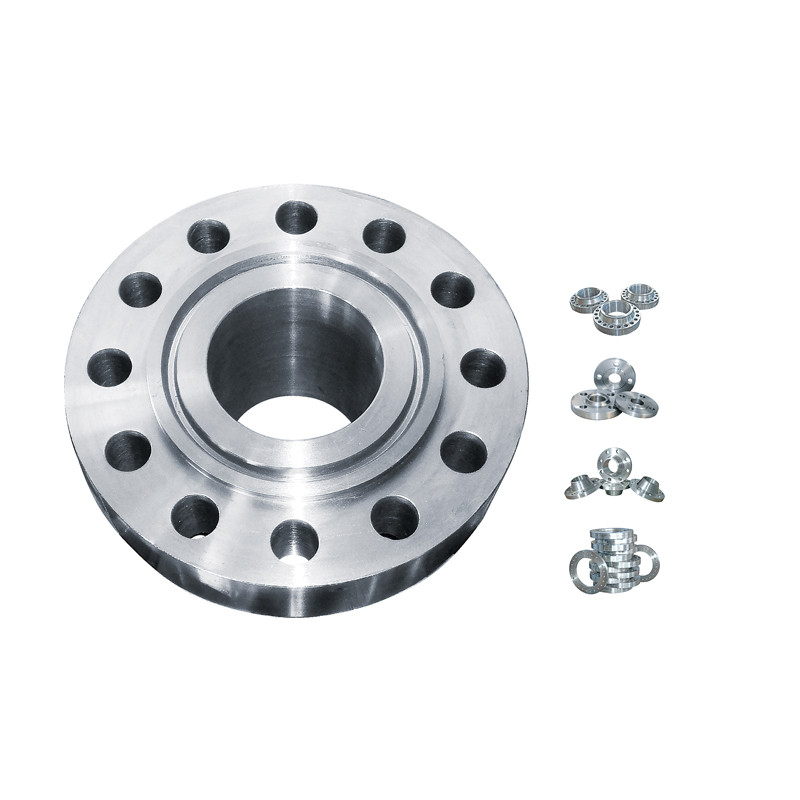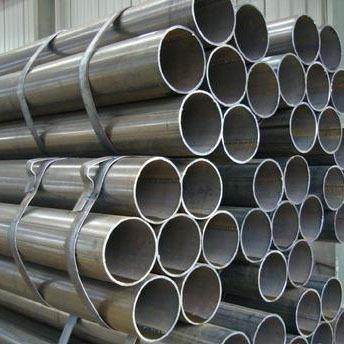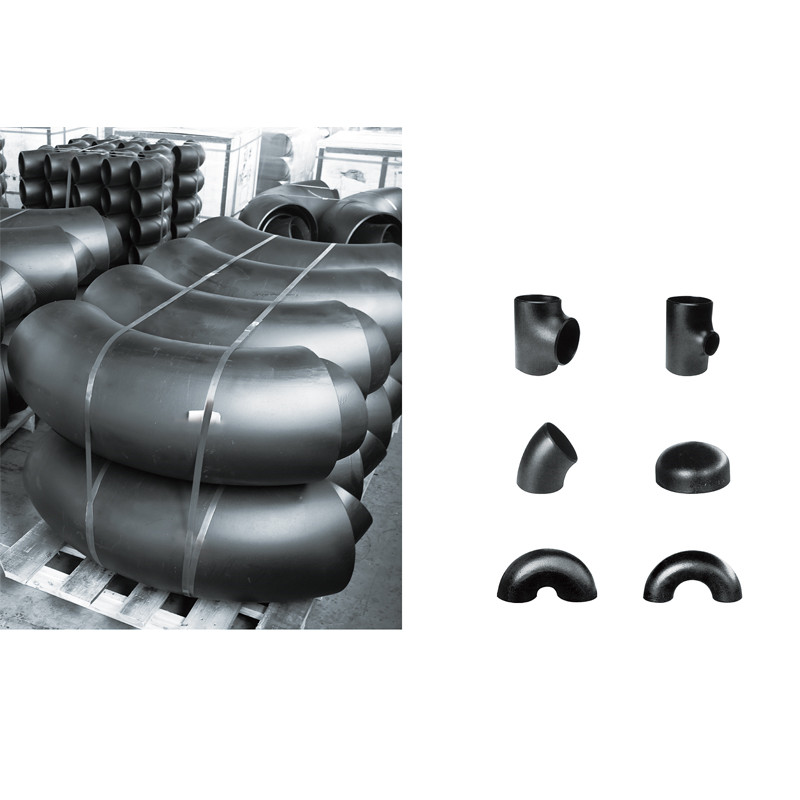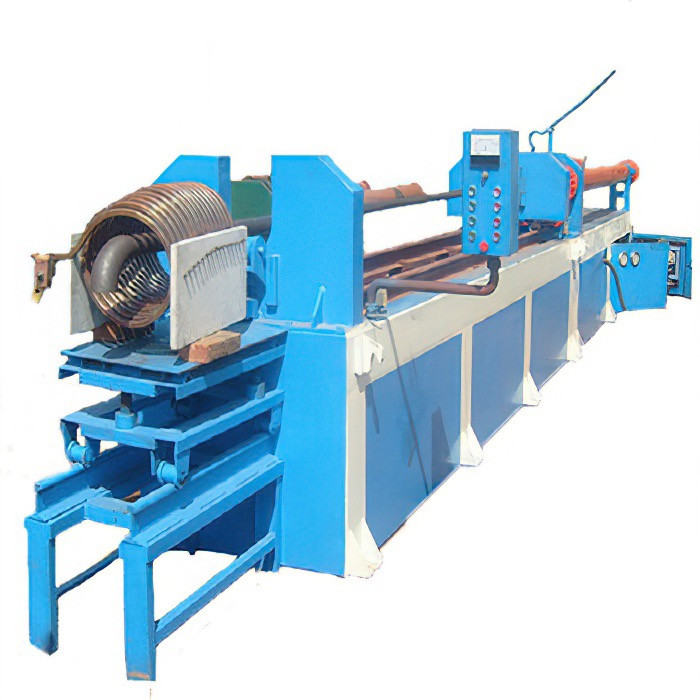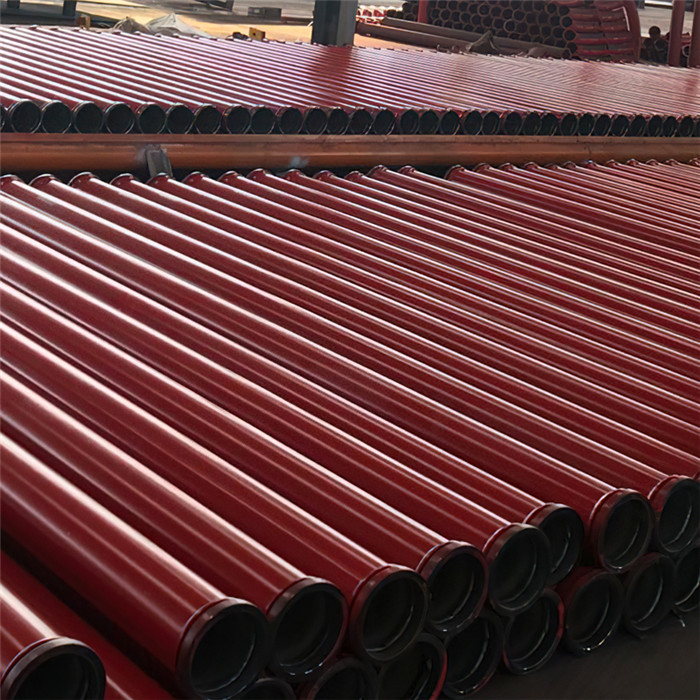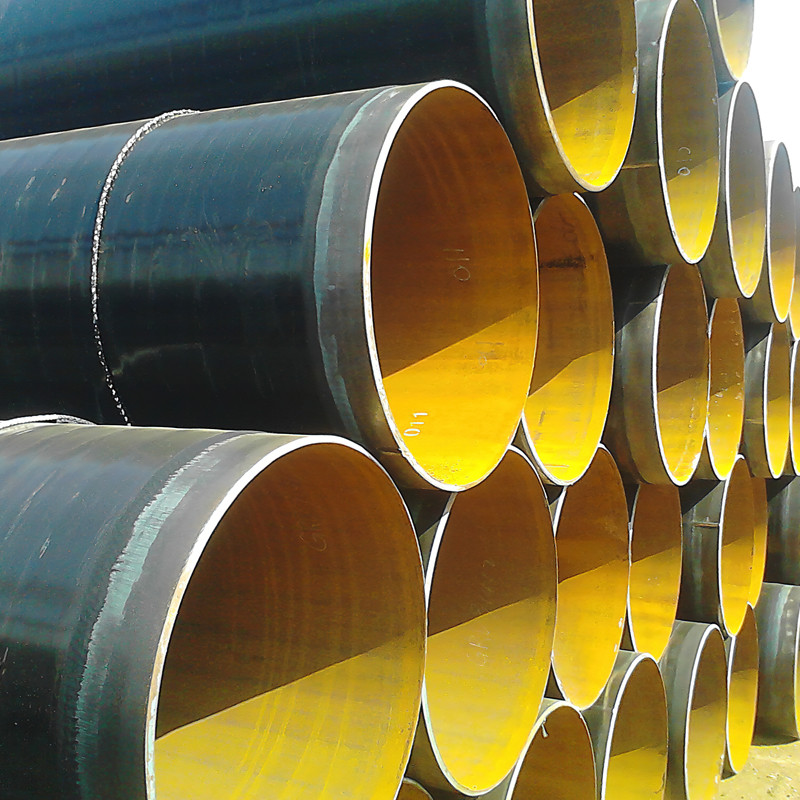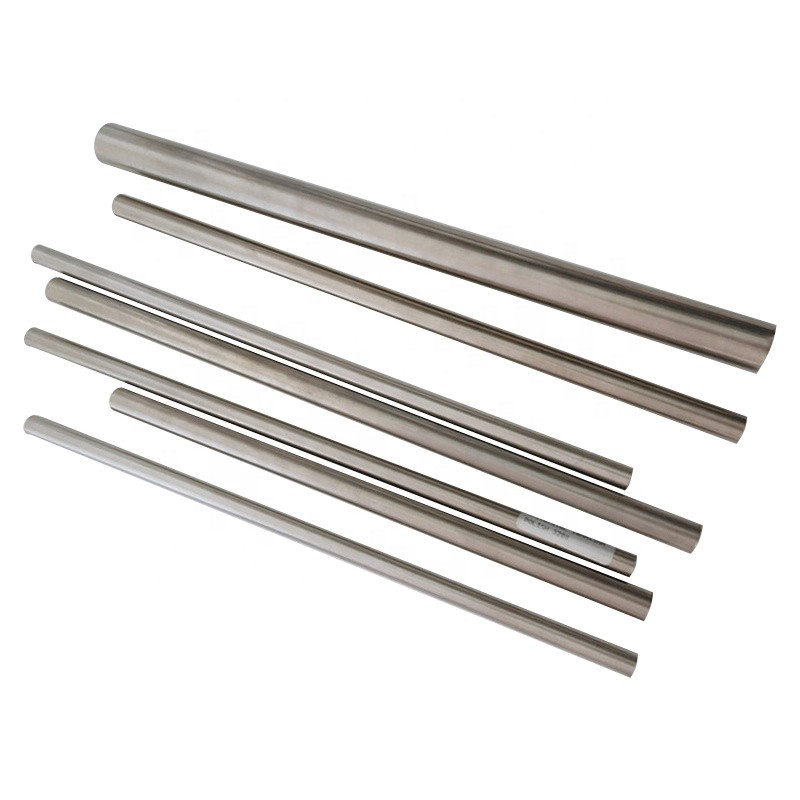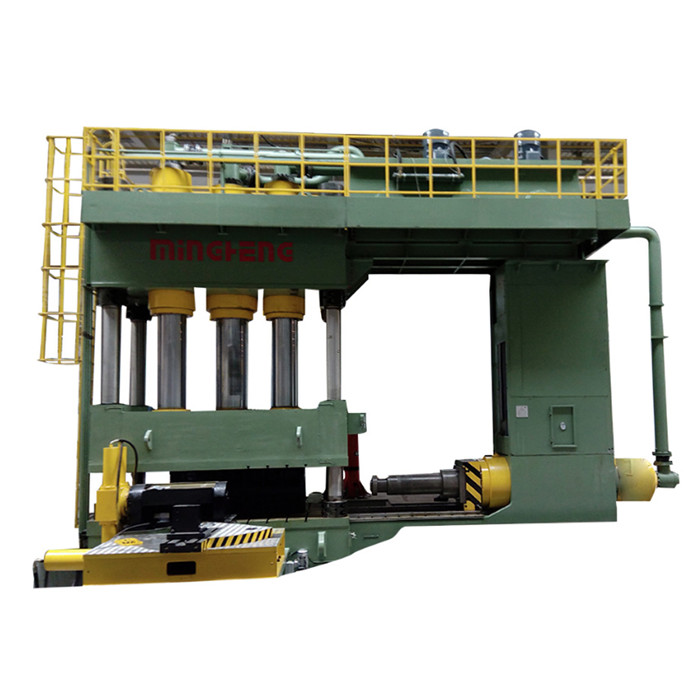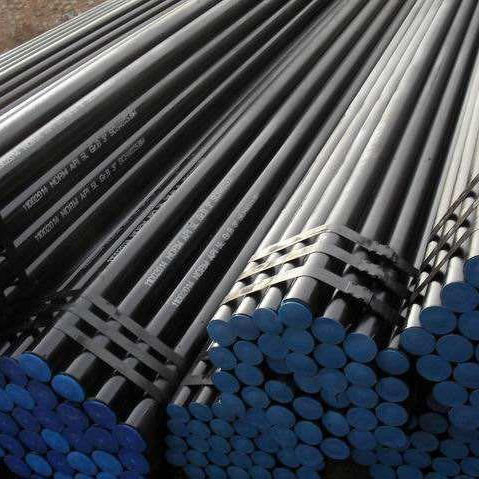Understanding heat exchanger tube Technology and Industry Trends
The global industrial landscape, driven by an imperative for energy efficiency and sustainable operations, increasingly relies on sophisticated heat transfer solutions. Central to these advancements is the heat exchanger tube, a critical component enabling efficient thermal energy transfer across diverse applications. From petrochemical refining to power generation, and from HVAC systems to advanced chemical processing, these tubes are the conduits for maintaining optimal operational temperatures, conserving energy, and minimizing environmental impact. Current industry trends emphasize materials innovation, particularly the development of alloys that offer enhanced corrosion resistance, superior thermal conductivity, and extended service life under extreme operating conditions, such as those found in high-temperature, high-pressure environments or with aggressive media. Furthermore, the push towards digitalization and smart manufacturing is influencing the production of heat exchanger tubes, incorporating advanced quality control mechanisms and traceability features that align with Industry 4.0 principles. This evolution is vital for meeting stringent safety standards and delivering reliable performance in mission-critical infrastructure, ensuring a more resilient and efficient future for industrial processes worldwide.
Technological advancements are also evident in the design and fabrication methods of tubes, including specialized types like the finned tube and longitudinal finned tube, which significantly augment heat transfer surface area. The demand for customized solutions is rising, with manufacturers employing advanced computational fluid dynamics (CFD) and finite element analysis (FEA) to design tubes optimized for specific fluid properties, flow rates, and thermal loads. This bespoke approach allows industries to achieve unprecedented levels of thermal efficiency and operational stability. Additionally, the increasing focus on circular economy principles is driving research into repairable and recyclable heat exchanger tube materials, reducing waste and contributing to a more sustainable industrial ecosystem. The convergence of material science, advanced manufacturing techniques, and predictive analytics is reshaping the future of heat exchange technology, promising even greater performance and environmental stewardship. The next decade will undoubtedly see continued innovation in these critical components, adapting to new energy sources and more complex processing requirements globally.
The Manufacturing Process of Heat Exchanger Tubes
The production of a high-quality heat exchanger tube is a meticulous process, demanding precision and adherence to strict metallurgical and engineering standards. This journey typically begins with selecting premium raw materials, predominantly various grades of stainless steel (e.g., 304L, 316L, Duplex), carbon steel (e.g., SA179 tubes), and non-ferrous alloys such as copper, brass, or titanium, chosen based on the intended application's temperature, pressure, and corrosive environment. The manufacturing process often involves hot extrusion or cold drawing for seamless tubes, ensuring a uniform wall thickness and superior mechanical properties. For welded tubes, precision strip coils are formed and welded using techniques like TIG (Tungsten Inert Gas) or Laser welding, followed by bead conditioning to ensure a smooth internal surface, crucial for minimizing pressure drop and preventing fouling.

Post-forming, tubes undergo critical heat treatment processes like annealing or normalizing to relieve residual stresses and refine grain structure, enhancing ductility and corrosion resistance. Subsequent steps include pickling and passivation to clean the surfaces and form a protective oxide layer. Crucially, every heat exchanger tube is subjected to rigorous Non-Destructive Testing (NDT) methods, including eddy current testing, ultrasonic testing, and hydrostatic testing, to detect any internal or surface defects, ensuring structural integrity and leak-proof performance. Adherence to international standards such as ISO 9001, ASTM (American Society for Testing and Materials), and ASME (American Society of Mechanical Engineers) is paramount throughout the entire manufacturing chain, guaranteeing product reliability and safety. The average service life of these tubes can range from 10 to 30 years, depending on the material, operating conditions, and maintenance protocols, making their initial quality a long-term investment. They are extensively utilized in industries like petrochemical, power generation, chemical processing, shipbuilding, and water treatment, where their ability to facilitate efficient heat transfer while resisting corrosion significantly contributes to energy efficiency and operational longevity.
Technical Specifications and Performance Parameters
Selecting the appropriate heat exchanger tube demands a detailed understanding of its technical parameters and how they impact thermal performance and operational longevity. Key specifications include material grade, outer diameter (OD), wall thickness (WT), and length. Material selection is critical, with choices ranging from carbon steels like ASTM A179 for general services, austenitic stainless steels (e.g., TP304, TP316) for enhanced corrosion resistance, to more exotic alloys such as Inconel or Titanium for highly corrosive or high-temperature environments. The fin configuration, for specialized applications involving finned tubes or longitudinal finned tubes, including fin height, fin thickness, and fins per inch (FPI), directly influences the augmented surface area for heat transfer. For instance, increasing fin density can boost heat exchange efficiency but may also increase pressure drop across the tube bundle.
Typical Heat Exchanger Tube Specifications
| Parameter | Typical Range/Value | Significance |
|---|---|---|
| Material Grade | ASTM A179, ASTM A213 TP304/TP316, ASTM B338 Gr2 | Corrosion resistance, temperature limit, mechanical strength. SA179 tubes are common for steam condensers. |
| Outer Diameter (OD) | 1/2" (12.7mm) to 2" (50.8mm) | Flow capacity, bundle density, overall heat exchanger size. |
| Wall Thickness (WT) | BWG 22 (0.71mm) to BWG 10 (3.40mm) | Pressure resistance, heat transfer efficiency (thinner walls better), erosion/corrosion allowance. |
| Length | Up to 20 meters (65 feet) | Application specific, transportability, installation constraints. |
| Surface Finish | Smooth, Finishes (e.g., 2B, BA), Polished | Fouling resistance, flow characteristics, hygienic applications. |
| Standards Compliance | ASTM, ASME, EN, DIN, JIS | Ensures quality, safety, and interchangeability. |
Beyond these basic dimensions, advanced performance parameters include thermal conductivity of the material, which dictates the rate of heat flow through the tube wall; the overall heat transfer coefficient (U-value), which is a comprehensive measure of the heat transfer capacity considering all resistances; and resistance to fouling, a critical factor for long-term efficiency. Tubes designed for specific applications, such as a tube and tube heat exchanger, might require specific geometries to optimize fluid flow paths and minimize pressure drop. Manufacturers often provide extensive data sheets, including yield strength, tensile strength, elongation, and hardness, crucial for engineers performing mechanical design and stress analysis. Understanding these technical nuances allows for precise selection and application, leading to optimized system performance, reduced operational costs through improved energy efficiency, and enhanced reliability.
Application Scenarios and Technical Advantages
Heat exchanger tubes are the workhorses of numerous industries, facilitating the transfer of thermal energy in processes ranging from cooling and heating to condensation and evaporation. In the petrochemical industry, they are indispensable in refining crude oil, enabling processes like distillation and cracking where precise temperature control is critical. Their robust design, particularly when constructed from materials like stainless steel or specialized alloys, ensures resilience against corrosive hydrocarbons and high operating temperatures and pressures, directly contributing to plant safety and continuous operation. For power generation, including traditional fossil fuel plants and nuclear facilities, heat exchanger tubes are integral to steam condensers, feedwater heaters, and auxiliary cooling systems, playing a direct role in improving thermal efficiency and reducing fuel consumption. The ability of these tubes to withstand demanding steam cycles and maintain integrity under thermal cycling is a significant technical advantage.
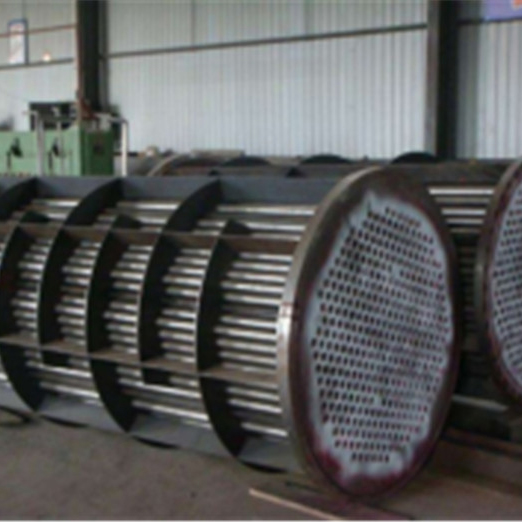
In HVAC and refrigeration, tubes, including enhanced surfaces like finned tubes, are fundamental to coils in air conditioners and chillers, optimizing heat dissipation and absorption for comfort and process cooling. Their design for maximal heat transfer per unit volume leads to more compact and energy-efficient systems, reducing operational costs. For marine applications, particularly in shipbuilding, corrosion-resistant alloys like Cu-Ni are selected for heat exchanger tubes to resist the aggressive saltwater environment, ensuring reliable performance in propulsion cooling and desalination systems. Furthermore, the specialized tube and tube heat exchanger design offers unique advantages in scenarios requiring high pressure ratings or where one fluid is highly corrosive, necessitating a double containment system. Across all these applications, the primary technical advantages of high-quality heat exchanger tubes include superior thermal efficiency leading to significant energy savings, exceptional corrosion resistance extending equipment life, and mechanical integrity that ensures operational safety even under extreme conditions. These advantages translate directly into lower lifecycle costs and enhanced productivity for end-users.
Customized Solutions and Case Studies
In the demanding realm of industrial heat transfer, off-the-shelf solutions rarely meet the intricate requirements of every unique process. This underscores the critical importance of customized heat exchanger tube solutions, where specifications are tailored to precise operational parameters, fluid characteristics, and environmental conditions. Leading manufacturers excel in providing bespoke designs, working closely with clients to define parameters such as specific material grades (e.g., Duplex stainless steel for high chloride environments or nickel alloys for severe acid service), custom dimensions (OD, WT, length), and specialized surface treatments or fin configurations for finned tubes. This collaborative approach leverages advanced engineering capabilities, including Finite Element Analysis (FEA) for stress distribution and Computational Fluid Dynamics (CFD) for optimized flow patterns, ensuring that the final heat exchanger tube product delivers maximum thermal efficiency and longevity. Customization also extends to meeting specific international standards and certifications beyond the common ASTM/ASME, such as PED (Pressure Equipment Directive) for European markets or NORSOK standards for offshore oil and gas applications.
A compelling case study highlights this bespoke approach: a major chemical processing plant faced severe corrosion and fouling issues in their existing heat exchangers, leading to frequent shutdowns and high maintenance costs. Their process involved highly corrosive acetic acid at elevated temperatures. After consultation, a custom solution involving specialized UNS N10276 (Hastelloy C276) heat exchanger tubes with electropolished internal surfaces was proposed. Hastelloy C276 offers exceptional resistance to a wide range of chemical process environments, and the electropolishing further reduced surface roughness, significantly mitigating fouling. Post-installation, the new heat exchangers, built with these custom tubes, demonstrated a 40% reduction in fouling incidents and extended operational cycles by over 150%, leading to substantial savings in downtime and maintenance expenses. This illustrates how precise material selection and advanced surface finishing on a custom heat exchanger tube can dramatically improve operational reliability and economic performance in challenging industrial settings, surpassing the capabilities of standard components.
Establishing Trust: Quality Assurance, Delivery, and Support
For B2B decision-makers and technical personnel, trust in a supplier of heat exchanger tubes is built upon a foundation of verifiable quality assurance, reliable delivery, and comprehensive after-sales support. A reputable manufacturer will possess robust quality management systems, evidenced by certifications such as ISO 9001:2015, which signifies consistent product quality and process control. Furthermore, adherence to industry-specific standards like ASME Boiler and Pressure Vessel Code Section II (Materials) and TEMA (Tubular Exchanger Manufacturers Association) standards for mechanical design of shell and tube heat exchangers ensures that the tubes are not only manufactured to high metallurgical standards but are also compatible with the overall heat exchanger assembly. Our commitment to excellence is reinforced by extensive third-party inspections and detailed material test reports (MTRs) for every batch, providing full traceability from raw material to finished product. This transparency offers clients unparalleled confidence in the product's integrity and performance.
Delivery timelines and logistical capabilities are equally crucial. Recognizing the critical nature of lead times in industrial projects, we maintain efficient production schedules and established global shipping networks to ensure on-time delivery of heat exchanger tubes, whether it's standard SA179 tubes or custom longitudinal finned tubes. Our typical delivery cycle for standard orders ranges from 4 to 8 weeks, with expedited options available for urgent requirements, while customized or specialized orders may take between 8 to 16 weeks depending on material availability and complexity. Beyond delivery, our comprehensive warranty commitment underscores our confidence in product durability. We offer a standard warranty against manufacturing defects, typically ranging from 12 to 24 months from installation or 18 to 30 months from shipment, whichever comes first, providing peace of mind. Furthermore, our dedicated customer support team provides technical assistance, troubleshooting, and guidance on installation and maintenance, ensuring optimal long-term performance and fostering enduring client relationships based on reliability and mutual trust.
Frequently Asked Questions (FAQ)
- Q: What is the typical lead time for custom heat exchanger tubes?
A: Custom orders generally require 8-16 weeks for production and delivery, depending on material sourcing and manufacturing complexity. - Q: How do you ensure the quality of your heat exchanger tubes?
A: We adhere to ISO 9001 standards and conduct extensive NDT (Non-Destructive Testing) including eddy current, ultrasonic, and hydrostatic tests, providing full MTRs for traceability. - Q: Can you provide tubes for extremely corrosive environments?
A: Yes, we specialize in high-performance alloys like Hastelloy, Inconel, and Titanium, tailored for severe corrosive applications, including for tube and tube heat exchanger designs. - Q: What is your warranty policy?
A: We offer a standard warranty covering manufacturing defects, typically 12-24 months post-installation or 18-30 months post-shipment.
Authoritative References
- Process Heat Transfer. D.Q. Kern. McGraw-Hill.
- Heat Exchanger Design Handbook. G.F. Hewitt, G.L. Shires, J.M. Bott. CRC Press.
- ASM Handbook, Volume 1: Properties and Selection: Irons, Steels, and High-Performance Alloys. ASM International.
- ASME Boiler and Pressure Vessel Code, Section II, Part A: Ferrous Material Specifications.
- Tubular Exchanger Manufacturers Association (TEMA) Standards.
Post time: Aug . 17, 2025 05:00


